dash
Dash is an open-source Python framework designed for building interactive web applications, particularly those focused on data visualization. Developed by Plotly, Dash allows users to create complex dashboards using pure Python, eliminating the need for knowledge of HTML, CSS, or JavaScript. It leverages the power of Plotly.js and React.js to provide a rich user interface and responsive design. With Dash, developers can easily integrate various components like dropdowns, sliders, and graphs, enabling dynamic data interaction. This makes it an ideal choice for data scientists and analysts looking to present their findings in an engaging and accessible manner.
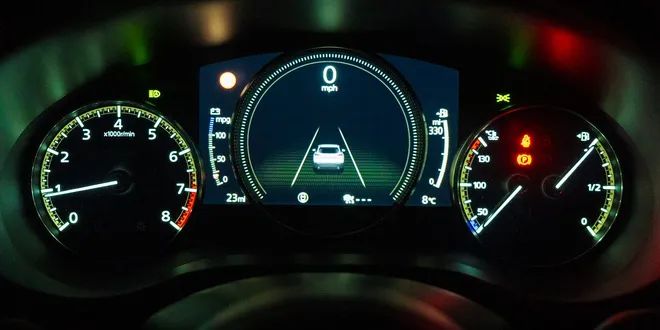
Structuring Your Dash App
Put simply, Dash is a Python package that allows for the creation of “dashboards” in pure Python without using HTML, CSS or JavaScript. Since it’s programmable, it’s far more powerful than other…
📚 Read more at Towards Data Science🔎 Find similar documents

Another Stage Of Visualization: Be Reactive with Dash
Dash is an open source python library which enables us to create web applications with Plotly. It makes it easy to build an interactive visualization with simple reactive decorators like a dropdown…
📚 Read more at Towards Data Science🔎 Find similar documents

Data Visualisation Made Easy: Create Stunning Dashboards with Plotly Dash!
Dash is an open source framework for building interactive web-based analytical applications. We show you how to set up a web app in a few minutes.
📚 Read more at Level Up Coding🔎 Find similar documents

Charting with Plotly Dash
Dash is a python framework created by Plotly, a technical computing company located in Montreal, Canada. It is an open-source, free library, MIT licensed, by means of which you can create web-based…
📚 Read more at Towards Data Science🔎 Find similar documents
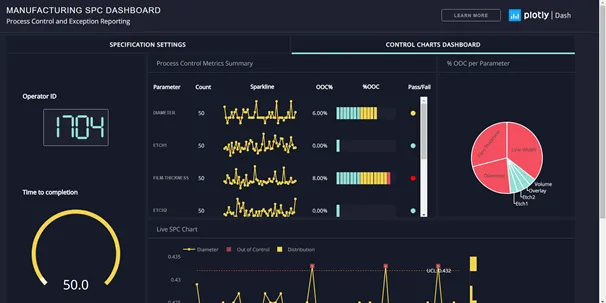
Build an Interactive, Modern Dashboard With Dash
Have you ever wanted to display a set of information graphically? Or in an easy to understand manner in any form of application? Dash, a productive Python framework, has made is much easier for you…
📚 Read more at Better Programming🔎 Find similar documents

How to Create an Interactive Dash Web Application
You’ve done the data science, now you need to present the results to the world! Dash is a python framework for building web applications. Written on top of Flask, Plotly.js and React.js, Dash is…
📚 Read more at Towards Data Science🔎 Find similar documents
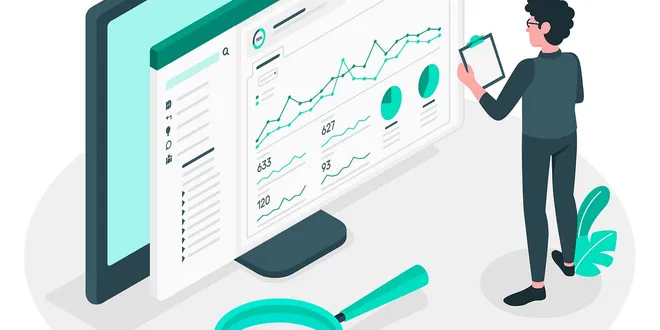
Dash for Beginners: Create Interactive Python Dashboards
Dash is a python framework created by plotly for creating interactive web applications. Dash is written on the top of Flask, Plotly.js and React.js. With Dash, you don’t have to learn HTML, CSS and…
📚 Read more at Towards Data Science🔎 Find similar documents
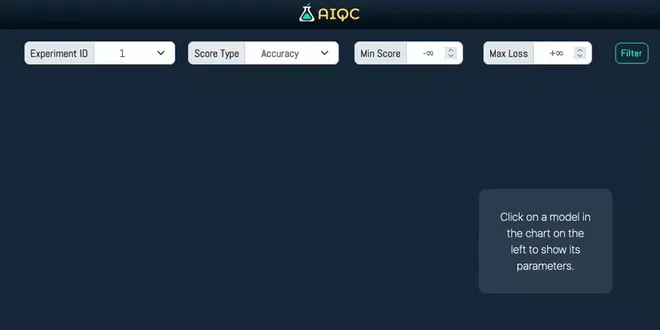
Dash is Deeper than Dashboards
The missing link that makes Python a fullstack language Having no real-time front end experience apart from AJAX, Dash easily enabled me to develop this application Prologue: to set the stage, refere...
📚 Read more at Better Programming🔎 Find similar documents
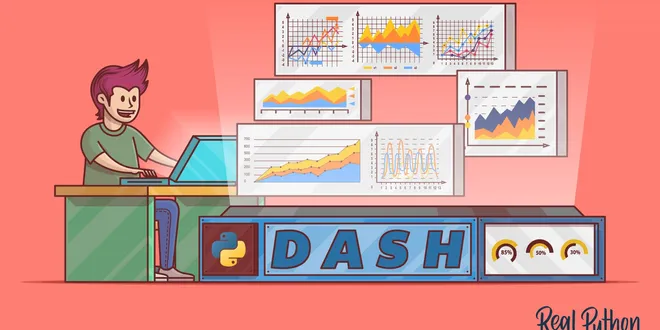
Develop Data Visualization Interfaces in Python With Dash
In this tutorial, you'll learn how to build a dashboard using Python and Dash. Dash is a framework for building data visualization interfaces. It helps data scientists build fully interactive web appl...
📚 Read more at Real Python🔎 Find similar documents

Technical Encounter: Low Code With Dash
In the first part of the low-code technical encounter, we went through the differences in package dependencies, syntax, and application execution when we created a web data application with Dash, Stre...
📚 Read more at Better Programming🔎 Find similar documents

Dashing through Christmas Songs using Dash and SQL
This article is an overview of my struggles and triumphs using Dash to create a web application on top of a SQL database. The article is broken down into 4 parts: Creating the SQL database…
📚 Read more at Towards Data Science🔎 Find similar documents
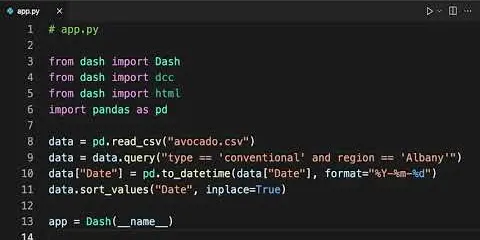
Starting Data Visualizations With Dash and Python
In the past, creating analytical web applications was a task for seasoned developers that required knowledge of multiple programming languages and frameworks. That’s no longer the case. Nowadays, you ...
📚 Read more at Real Python🔎 Find similar documents

